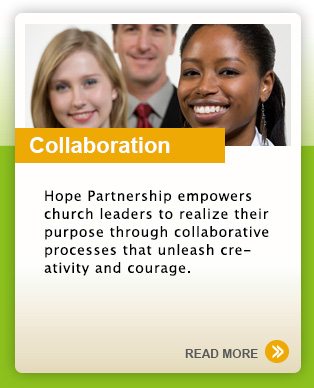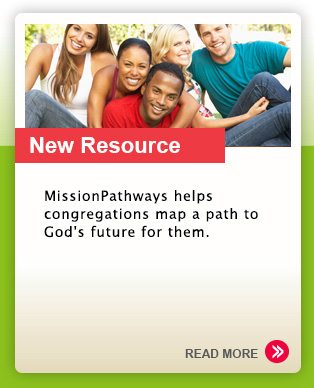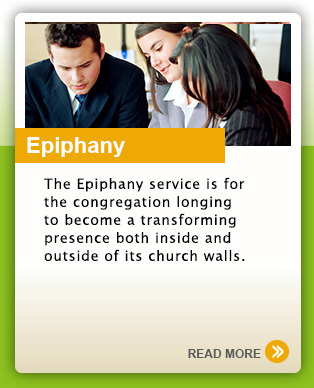By Ruth Fletcher, Regional Minister, Montana Region, Christian Church (Disciples of Christ)
How does a congregation become the kind of church needed in this rapidly changing world?
Mission Pathways, a futuring process designed by Hope Partnership, opens the eyes of the church to see what it has become. It opens the hearts of the congregation to perceive the needs of its neighbors. It opens the will of the congregation to let go of what it’s been in order to become God’s new creation.
In the 1990s, the new church start in John’s Creek, Georgia had a passion for sharing the gospel. Then, the economic down-turn came along, members moved away, and the congregation found itself saddled with mortgage payments that had become an overwhelming burden.
“Our finances were all we ever talked about,” Bill Davis said. “We lost track of the church’s mission.”
Finally, the congregation found some financial breathing room by restructuring its budget and working with Disciples Church Extension Fund; it was ready to re-group and re-focus.
 When Hope Partnership suggested that the congregation might want to pilot the new process called Mission Pathways, the church jumped at the chance. They named a core team and began to take a hard look at their current reality. The congregation was smaller, older, and less energetic than it once had been.
When Hope Partnership suggested that the congregation might want to pilot the new process called Mission Pathways, the church jumped at the chance. They named a core team and began to take a hard look at their current reality. The congregation was smaller, older, and less energetic than it once had been.
“We’d lost our vision and our purpose,” one of the elders admitted. “It was hard to stare that truth in the face, but once we did, we were freed up to stop doing what wasn’t working anymore and to make different choices.”
During the Mission Pathways process, the core team immersed itself in the John’s Creek community by interviewing community leaders.
“At first, we didn’t think there were any needs around us,” a member of the core team said. “We live in an extremely affluent neighborhood. But then, we started listening to the stories of a sheriff, a city planner, a hospital administrator, and a school principal. Boy, did they change our minds! They helped us to see how hurried, harried, and isolated our neighbors really are—like sheep without a shepherd. Their children develop eating disorders and commit suicide at an alarming rate because of all the pressure put upon them to succeed.”
“Does Christianity have anything to say to those who are anxious and alone?” Hope Partnership’s facilitator Ruth Fletcher asked at the Future Story retreat. For nearly an hour, the core team engaged in identifying how the Christian way of life calls people to spiritual, physical, and emotional wholeness which depends on God instead of on personal perfection. During that dialogue, the purpose and passion of the congregation began to reemerge.
Mission Pathways helped the John’s Creek core team imagine becoming something new for the sake of their neighbors: a movement for wholeness that embraces values which are different than those of corporate America. The core team is still considering how the church can live out that purpose through its worship life, educational classes, and other ministries. It’s still wrestling with which of its past programs fit its new mission and which will need to be released to free up more resources for its new focus. It’s still deciding which leadership capacities it will need to develop among members of the congregation and which gifts it can find in community organizations that share the congregation’s commitment to well-being.
However, Mission Pathways will encourage the church to quickly stop talking and start doing. Before long, the church will launch its first experiment–a prototype it can try out and learn from without getting bogged down in all the details. Meanwhile, Mission Pathways continues to walk alongside the core team through a coaching relationship to make sure it stays on track and continues to turn dreams into reality.



